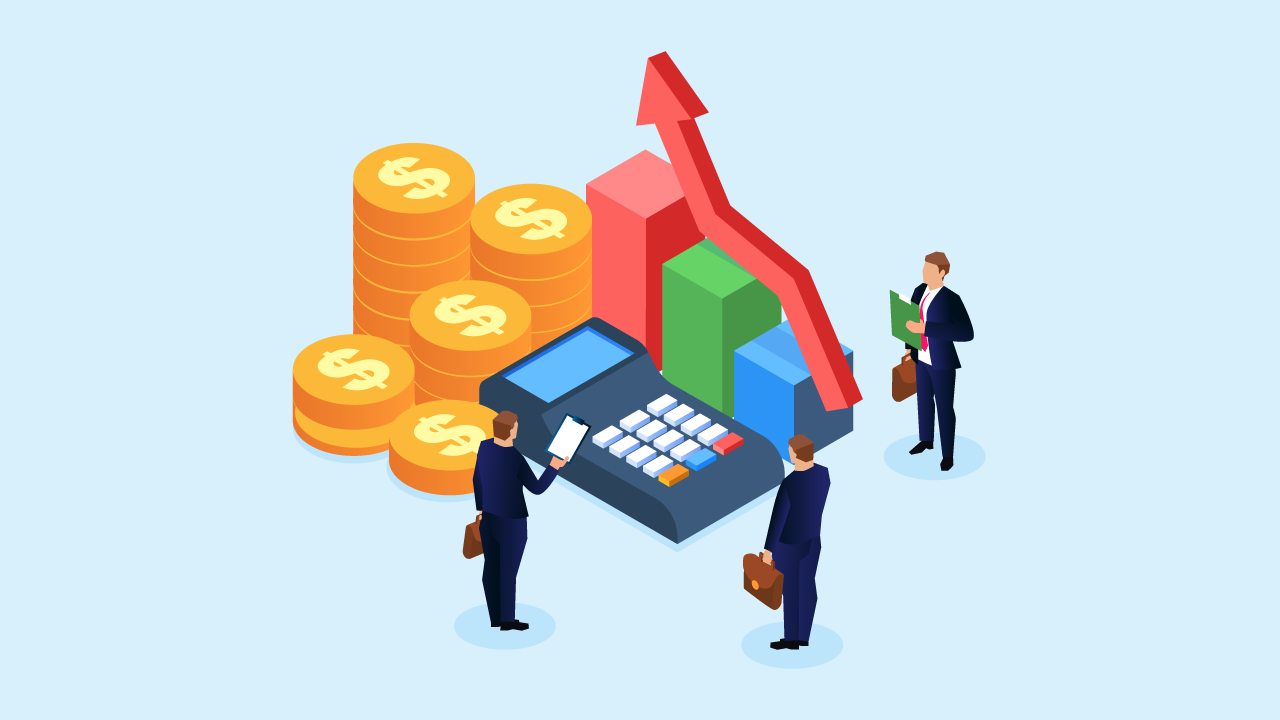Streamlining Operations and Maximizing Returns
Companies are searching for effective procedures and all-in-one fund management software solutions that help eliminate errors and inefficiencies, save time and money, and align teams in the ever-expanding field of investment management. Businesses that rely on obsolete and disjointed systems can experience a number of operational difficulties, which would put them at a disadvantage compared to their rivals. In this article, we’ll examine integrated investment management’s future potential and look at some of the benefits that can be expected when upgrading to a more advanced fund management system. Keep these in mind when selecting a provider.

Achieving Precision: Accuracy, Efficiency, and Timely NAV Reporting
Accurate NAV reporting is essential for fund administration companies. Being able to make decisions based on current knowledge and communicate that information to clients in a relevant, professional, and compelling manner can make the difference between being a top-tier firm or a backwater office. Net assets, net worth, or capital of a firm are terms used to describe the difference between a corporation’s assets and liabilities. The fund valuation and price, which are determined by dividing the difference between assets and liabilities by the number of shares held by investors, are referred to as NAV. It is simpler to use the fund’s NAV for pricing and trading fund shares because it represents a “per-share” value of the fund.
The provision of real-time data by fund management software with continuous accounting, regardless of where things are in the accounting cycle, can help to increase the accuracy of NAV. This eliminates all uncertainty from the decision-making process and gives businesses a significant advantage over those that can only access current information.
A closed-book system, traditional accounting normally runs reporting at the end of each quarter when the books for that quarter are closed and the official numbers are disclosed. This system has limits since management choices require data, and if the data is based on the results from the previous quarter, fresh developments can’t be taken into account with any semblance of accuracy. On the other hand, since there is no need to wait until the other ledgers are balanced, continuous accounting enables reports to be drawn whenever necessary. You can view the data in real-time thanks to this cutting-edge accounting method, giving you a significant advantage over businesses that can access only the most recent data.
The Power of Aggregation: Consolidating Information for Better Decision Making
Consolidated data provides a more complete picture of the data, which can help with decision-making. Financial reporting in real time and automated double-entry accounting improves operational efficiency. By merging several levels from diverse data strands, big data may also be used to construct more accurate trend assessments. This enables comparisons between investment categories and even the identification of locations with larger growth potential.
Wealth managers can save time by employing graph design software, which allows them to make adjustments fast based on customer demands. The ultimate goal for any organization should be to spend less time on analysis and more time with clients. Consolidated data aids decision-making by offering a more comprehensive view of the data. Real-time financial reporting and the associated automated double entry accounting improve operational efficiency.
Big data can also be utilized to develop more precise trend assessments by integrating multiple levels from diverse data strands. This allows for comparisons between investment categories and even the identification of regions with more possibility for growth. Wealth managers can save time by employing software that can handle this type of graph design, allowing them to swiftly change exactly what they want and make changes based on customer needs. The primary goal of any organization should be to reduce the amount of time spent on analysis so that more time can be spent with clients.
Ready for Growth: Scalability in Fund Administration
A scalable system can seamlessly manage the demands that come with more clients and more business, without requiring cumbersome fixes and workarounds. This can save future costs in terms of both dollars and turmoil from future upgrades. Focus on systems configured to manage all current and future aspects of your business, including hedge funds, private equity, mutual funds, and any other area you could potentially expand into in the future. This means that you are only limited by business interest, not technology. The ability to stay flexible is important in an industry where the winds can shift.
One of the challenges of scaling in a fund administration system is the need to account for local regulations and methodologies that vary from place to place. A viable system must be able to handle these differences without requiring cumbersome fixes and workarounds, in order for your organization to remain spry. Another challenge is the need to track and account for a wide range of financial instruments, including private equity, debt instruments, equities, derivatives, currencies, and swaps, as well as open and closed-ended onshore and offshore private equity funds, hedge funds, and fund of funds.
Streamlining Operations via Automated Workflows
A workflow is a sequence of steps or processes that are followed to complete a task or achieve a goal. Workflows can be used to streamline and automate tasks, making them more efficient and reducing the risk of errors. By employing a workflow tool, a user can save time and avoid mistakes by automating repeatable processes and ensuring that tasks are completed in the correct order.
Workflow tools can help users to organize their workday and automate repeatable processes. For example, a user can set up a series of screens to be opened in logical order to help process regular approvals quickly and efficiently. This can help to cut the user’s workload and avoid user error. Workflow tools can also be used to manage the entire invoice process, from receipt of an invoice PDF from a vendor to approvals to initiation of payment.
Staying Informed: Real-Time Reporting for Informed Decision Making
Upgrading to an advanced fund management software system that offers continuous accounting capability offers you the ability to provide real-time reporting for your clients and to help you make better, more-informed decisions. Real-time reporting can help fund administrators make better decisions by providing them with up-to-date and accurate information. With real-time reporting, data is collected, aggregated, reconciled, processed, and stored in a way that allows for quick and actionable insights. This means that reports can be generated, and NAV can be calculated without waiting for the period to close. Additionally, the integration of popular industry apps and APIs allows for complex functions to become part of the accounting and analytics process.
You will want to look for a system that offers a range of features such as master-feeder reports, data visualization, the ability to create presentation-quality financial, performance, and shareholder reports, and the ability to schedule and automate report generation. These features allow fund administrators to easily assess and digest information, making it easier for them to make informed decisions. Furthermore, interactive reports can be accessed by clients via their mobile phones, tablets, or desktops, allowing for greater transparency and communication between fund administrators and their clients. Overall, real-time reporting provides fund administrators with the tools they need to make better decisions and improve their operations.
Companies are searching for effective procedures and all-in-one fund management software solutions that help eliminate errors and inefficiencies, save time and money, and align teams in the ever-expanding field of investment management.
Benefits of a Fully Integrated Fund Management Software Solution
A fully integrated investment, partnership, and general ledger accounting and analysis solution for fund administration can bring together all the information needed on one easy-to-use platform. This allows for meeting the dual challenge of speed and accuracy while bringing greater overall efficiency to a firm. With complete accounting and analysis for a wide range of investments, security types, and fund structures, there is no limit to the services that can be offered or types of clients that can be supported. Complete operational support can be provided, including accepting feeds from data providers, creating net asset value, calculating fees, capital calls and waterfalls, and reconciling portfolios with multiple custodians. Fund management software with self-service reporting can allow for the creation of tax, investment, and other reports in minutes, not days or weeks.
Reports can be customized with charts and graphs that add visual impact and present complex data in an easy-to-understand format. Reports can be delivered by email or online to client sites or through an optional web portal to provide fund managers with full access to reports and other documents. With such a solution, error-prone spreadsheets can be eliminated, and workflow can be streamlined with an automated process that facilitates data import and integrates information from multiple systems into the platform, reducing dependence on spreadsheets. The solution will be scalable for growth and built-in flexibility allows for the use of proprietary calculations and integration of Excel data so there is no need to reinvent the wheel.








